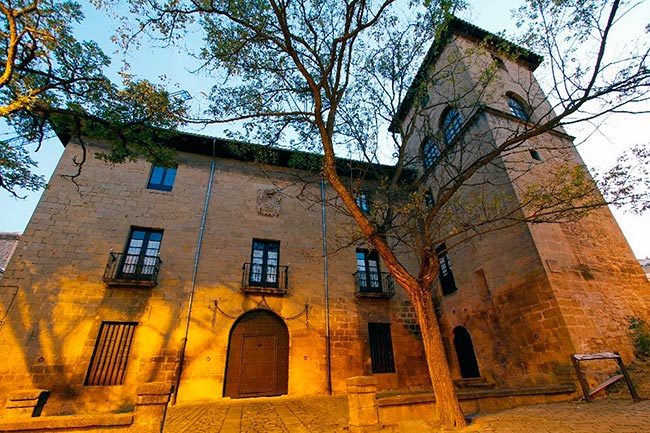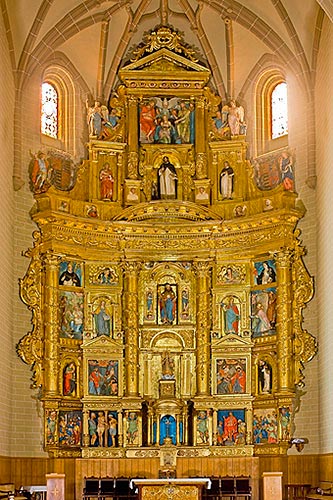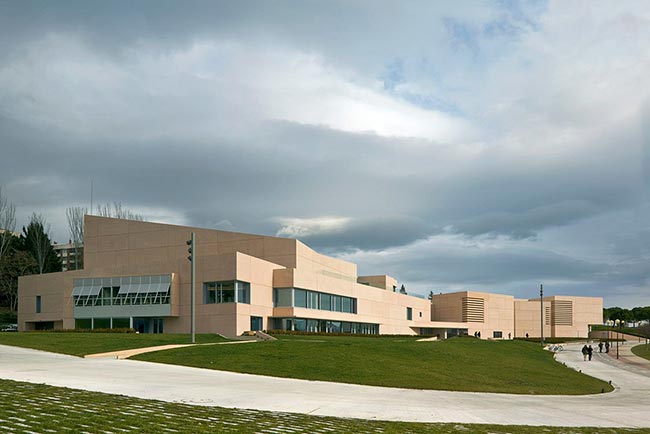28 October
CONFERENCES ON THE FIGURE OF WOMEN
Navarrese patrons and collectors throughout history
Ignacio Miguéliz Valcarlos
Chair of Navarrese Heritage and Art
The sponsorship and art collecting was a constant throughout history, although generally associated with the male element. At first it was generally linked to an expression of power and to social customs and usages in which the work of art was used within the religious sphere as a devotional element, and within the civil sphere as an element of representation of power, as a means of expressing status and social position. In some cases, the sponsorship and collecting of works of art was also linked to the aesthetic pleasure of their enjoyment. This use reached a great development from the Renaissance, especially in Italy, institutionalizing the generation of a state collecting in France in the seventeenth century. Throughout the centuries we will also find great female collectors, such as Isabella d'Este, Marquise of Mantua, Maria of Austria, Queen of Hungary, Queen Christina of Sweden or Isabella of Farnese, Queen of Spain.
The panorama of Navarre will not be an exception, and the sponsorship of artistic works will generally be associated with the male figure, and more in relation to forms of social representation, functional and pragmatic, than with aesthetic pleasure. Meanwhile, collecting will be practically non-existent. Within this panorama, we will dwell on female figures who became position of the promotion and execution of works of art, generally related to the prestige of the family. Thus, we see several female figures promoting buildings that will proclaim the family position, such as Queen Leonor of Castile in the first extension of the castle-palace of Olite; Brianda de Beaumont, Countess of Lerín, in the construction of the palaces of the Constable of Pamplona and Baigorri, residences of the family; or Juana López de Dicastillo in the palace of the Mencos of Tafalla. A relative of the Countess of Lerín was Beatriz de Beaumont y Navarra, who commissioned the creation of the altarpiece for the main chapel of the church of Santiago, Dominicos, in Pamplona, the burial place of her parents, as indicated by the heraldry on the altarpiece. The same figure promoted the foundations of the convents of Carmelitas Descalzas of Pamplona and of the Trinity of Soria. Also important were the figures of María del Carmen Aragón-Azlor, Duchess of Villahermosa, who promoted the restoration of the Castle of Javier, or Concepción Benítez, who financed the construction of the Hospital of Navarra.

Juana López de Dicastillo. Mencos Palace. Tafalla.
It is more common to see the donation of jewelry and silver pieces by women to their devotional images or to the monasteries where they professed. In the first case it has a tautological character, since by donating to the sacred image the piece that they had previously used to be placed on the image, they entered contact with the divinity; while there are numerous gold and silver pieces financed or given by nuns to their convents, such as, for example, lamps from Tulebras.

Beatriz de Beaumont y Navarra. Main altarpiece. Church of Santiago. Pamplona.
As for the collection of Navarre, it is practically non-existent throughout the modern age, both in the male and female spheres. An example of the former is the Calaguritan canon Juan Miguel Mortela, and of the latter, Sister Leonor de la Misericordia -Leonor de Ayanz y Navarra before her profession-, who put together a collection of prints, although in this case for devotional purposes. It will not be until our days when we see in Navarre the figure of an authentic collector, María Josefa Huarte Beaumont, who gathered an important collection of contemporary art that she donated to the University of Navarre, giving origin to the University Museum of Navarre.

María Josefa Huarte. Museum of the University of Navarra. Pamplona.
